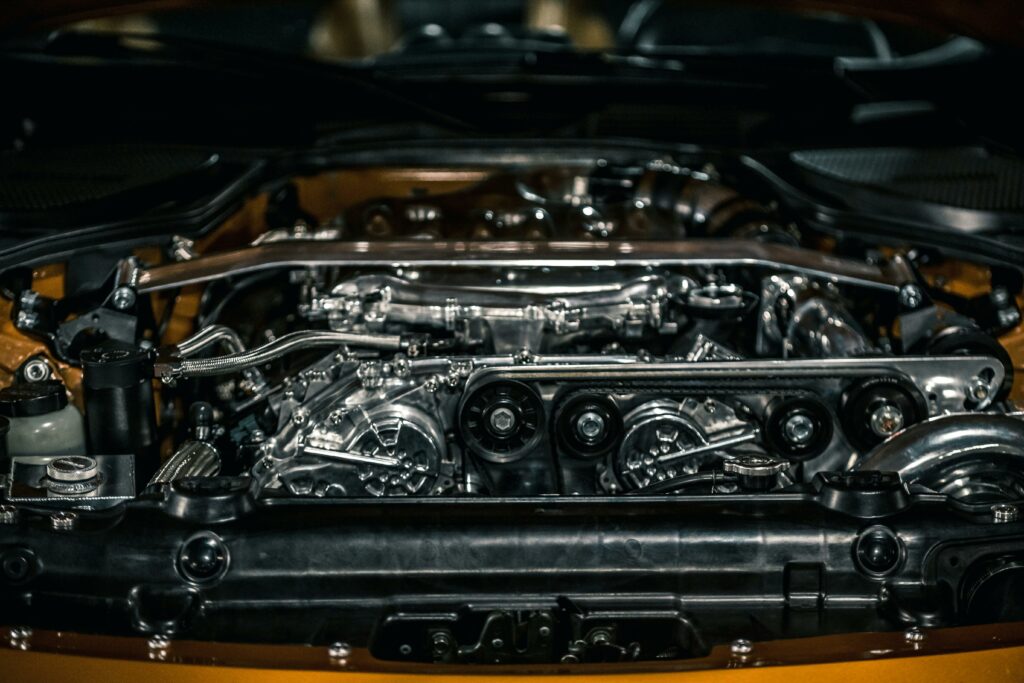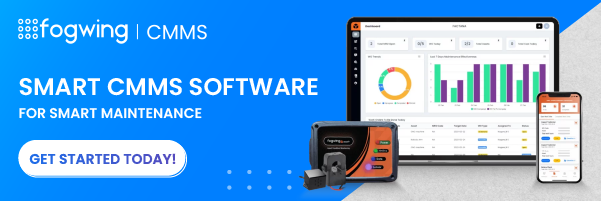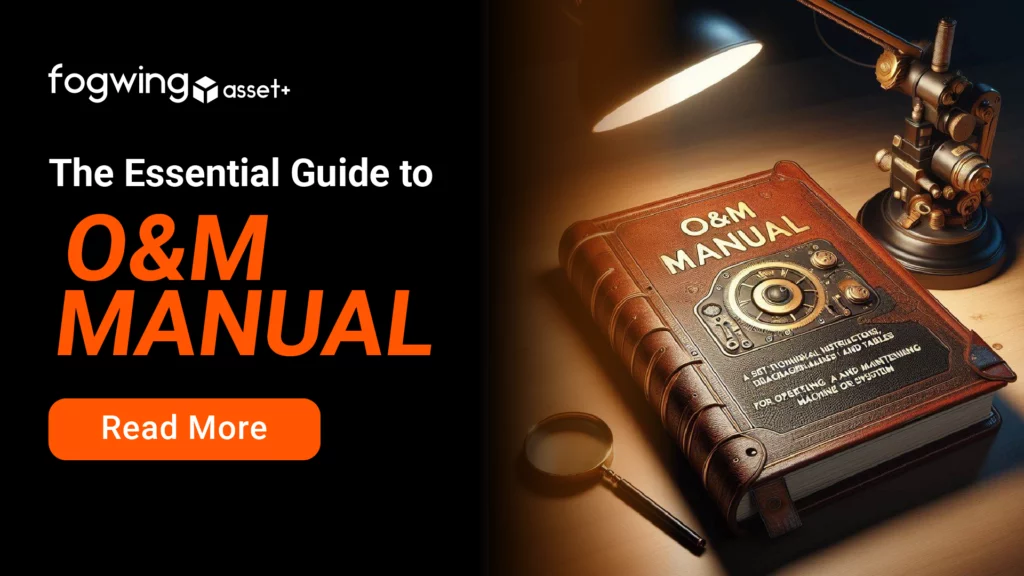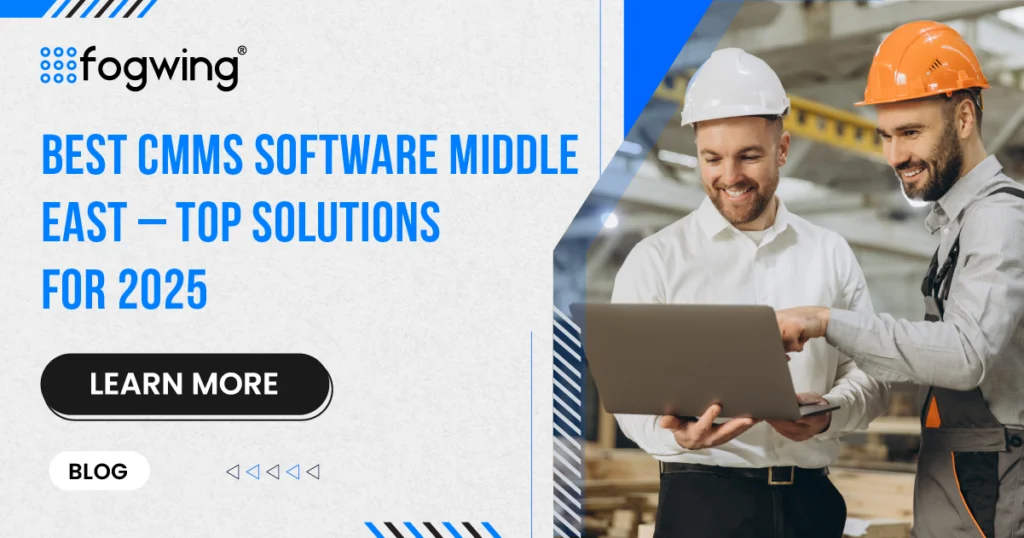The term “O&M Manual” is important in manufacturing, construction, and facility management. Often considered the backbone of any project’s lifecycle, an Operation and Maintenance (O&M) Manual is vital for stakeholders involved in a project’s design, construction, operation, and maintenance phases.
In this blog, we’ll delve into the intricacies of O&M Manuals, understanding their purpose, components, creation process, and indispensable role in ensuring infrastructure projects’ smooth functioning and longevity.
What is an O&M Manual?
An O&M Manual, a short form of Operation and Maintenance Manual, is a comprehensive document that provides detailed instructions, guidelines, and information necessary to install, operate, and manage an asset or facility properly. It is a reference guide for various stakeholders, including plant managers, maintenance engineers, operators, and end-users. It empowers them with the knowledge required to manage and sustain the asset performance throughout its lifecycle effectively.

Purpose of Operation and Maintenance Manuals:
The primary purpose of an O&M Manual is to facilitate a seamless transition from the installation phase to the operational phase of a machine or project. It serves several key objectives listed below.
1. Comprehensive Guidance:
O&M Manuals offer comprehensive guidance on operating procedures, maintenance schedules, troubleshooting techniques, safety protocols, and emergency procedures related to the machines in the factory environment. Assets must be managed according to the guidelines to ensure optimal performance and returns from the assets.
2. Asset Management:
Asset management in factory environments involves optimizing equipment usage, maintenance, and lifecycle to enhance productivity, minimize downtime, and ensure efficient resource allocation.
By digitalizing the asset information such as specifications, parts and components, and inspection checklists, usage tracking in O&M Manuals aids in effective asset management, ensuring optimal performance and longevity.
3. Compliance and Regulation:
Manufacturing environments must adhere to regulations such as OSHA safety standards, environmental protection laws, and industry-specific regulations to ensure worker safety, product quality, and environmental sustainability.
O&M Manuals often include information regarding regulatory requirements, environmental standards, and industry best practices, ensuring compliance and minimizing risks.
What are all covered in the O&M Manual?
An Operations and Maintenance (O&M) manual for a factory environment should cover equipment operation procedures, maintenance schedules, safety protocols, troubleshooting guides, emergency procedures, contact information, and regulatory compliance requirements to ensure efficient and safe operations.
While the specific details may vary depending on the nature of the project, typical elements found in an O&M Manual include:
1. Introduction and Overview: Provide a brief introduction to the plant assets, facility, its purpose, and an overview of the manual contents.
2. System Description: Detailed descriptions of various machines, equipment, tools, and components installed in the facility, including specifications, capacities, and operating parameters.
3. Operating Procedures: Step-by-step instructions for operating equipment, machines, and utilities, including start-up, shutdown, and normal operation procedures.
4. Maintenance Guidelines: Maintenance schedules, procedures, and checklists for routine and preventive maintenance activities to preserve the asset’s functionality and performance.
5. Safety and Emergency Procedures: Comprehensive guidelines for ensuring personnel safety, handling emergencies, and addressing hazardous situations.
6. Troubleshooting and Diagnostics: Procedures for identifying, diagnosing, and rectifying common issues or malfunctions that may arise during operation.
7. Appendices: Additional resources, drawings, schematics, warranty information, and contact details for support services.
How to develop an operation and maintennace Manual?
The most common question regarding O&M Manuals is how to create one for a specific manufacturing environment. Developing an O&M Manual involves various stakeholders, including designers, engineers, contractors, facility managers, and end-users. The process typically involves the following steps:
1. Information Gathering: Collecting relevant data, specifications, drawings, and documentation about the facility and its systems.
2. Content Development: Organizing and compiling the gathered information into a structured format, ensuring clarity, completeness, and accuracy.
3. Review and Approval: Review the manual content with key stakeholders to ensure alignment with project requirements, standards, and regulatory guidelines.
4. Formatting and Documentation: Formatting the manual for clarity and readability, incorporating graphics, illustrations, and tabular data where necessary.
5. Distribution and Training: Distribute the finalized O&M Manual to relevant parties and conduct training sessions to familiarize personnel with its contents and procedures.
What is the O&M Manual Checklist?
An O&M Manual checklist is a valuable tool in the development and review process of Operation and Maintenance Manuals (O&M Manuals). It outlines the essential information required to ensure the manual’s completeness, accuracy, and effectiveness.
An O&M Manual checklist typically includes a comprehensive system description, detailed operating procedures, maintenance guidelines, safety protocols, emergency procedures, troubleshooting instructions, and necessary appendices.
By systematically evaluating each component against the checklist, project stakeholders can ensure that the manual meets regulatory requirements, industry standards, and project-specific needs.
Additionally, the checklist facilitates collaboration among various disciplines involved in the manual’s creation, streamlining the review and approval process and ultimately enhancing the usability and reliability of the O&M Manual for all stakeholders involved in the facility’s operation and maintenance.
What is O&M Manual Software?
O&M Manual software is a specialized tool designed to streamline the creation, organization, management, and distribution of Operation and Maintenance (O&M) Manuals for various industries, including manufacturing, engineering, and facility management.
This software automates many aspects of the manual creation process, offering a range of features to enhance efficiency, accuracy, and collaboration among project stakeholders.
One of the key features of O&M Manual software is its ability to centralize information and documentation related to a project’s assets, systems, equipment, and procedures. This centralized repository allows users to access and manage all relevant data from a single platform, improving organization and accessibility.
O&M Manual software typically includes templates and customizable layouts to facilitate the creation of standardized manuals that align with industry best practices and regulatory requirements.
These templates can be tailored to project needs, allowing users to incorporate project-specific information, branding, and formatting preferences.
Another important aspect of O&M Manual software is its collaboration tools, which enable real-time collaboration and communication among project team members, including designers, engineers, contractors, and facility managers.
Users can collaborate on document creation, review, and approval processes, streamlining workflows and ensuring that manuals are accurate and up-to-date.
Furthermore, O&M Manual software often includes version control features to track changes and revisions, ensuring users can access the most current information. This helps prevent errors, inconsistencies, and confusion, particularly in projects with multiple contributors and frequent updates.
O&M Manual software may also offer integration capabilities with other project management tools, document management systems, and Building Information Modeling (BIM) platforms, enhancing interoperability and data exchange across different systems.
Conclusion:
In conclusion, an O&M Manual ensures the efficient operation, maintenance, and management of built assets and facilities. By providing comprehensive guidance, documentation, and support, O&M Manuals empower stakeholders to effectively navigate the complexities of asset management and uphold performance standards over the asset’s lifecycle.

FAQs
1.What is an Operation and Maintenance (O&M) Manual in manufacturing?
An Operation and Maintenance (O&M) Manual is a detailed document that guides how to install, operate, and maintain equipment or systems in a manufacturing facility. It helps ensure smooth operations, reduce downtime, and extend asset life by offering clear, step-by-step instructions for users.
2.Why is an O&M Manual important for asset management and facility maintenance?
O&M Manuals are essential for effective asset management. They provide procedures for preventive maintenance, troubleshooting, and safe operation—helping reduce unexpected breakdowns, boost productivity, and support long-term equipment performance in factories and industrial plants.
3.What are the key components included in an O&M Manual?
A standard O&M Manual includes:
- System and equipment descriptions
- Operating procedures
- Maintenance schedules and checklists
- Safety protocols and emergency steps
- Troubleshooting guides
- Diagrams, schematics, and contact information
4. How do you create an effective O&M Manual for a factory or industrial plant?
Start by collecting technical data and equipment specs. Then structure the content clearly—covering operations, maintenance, safety, and troubleshooting. Collaborate with engineers and facility managers, format it for easy reading, and train users on how to apply the manual in day-to-day tasks.
5. Can digital O&M Manuals improve preventive maintenance and reduce equipment downtime?
Yes. Digital O&M Manuals make it easier to access real-time maintenance schedules, inspection checklists, and troubleshooting instructions. This streamlines preventive maintenance tasks and minimizes unplanned equipment failures.




